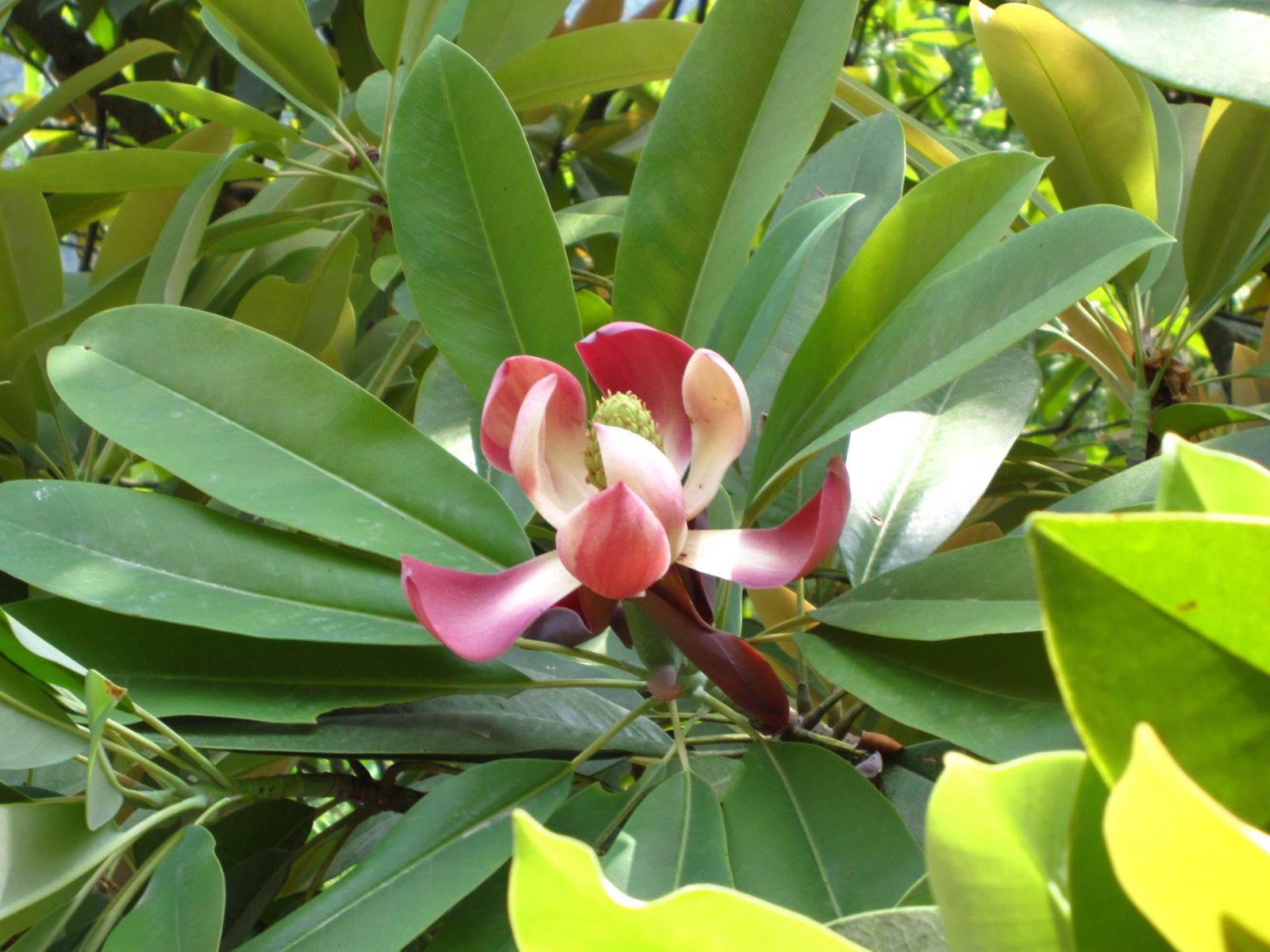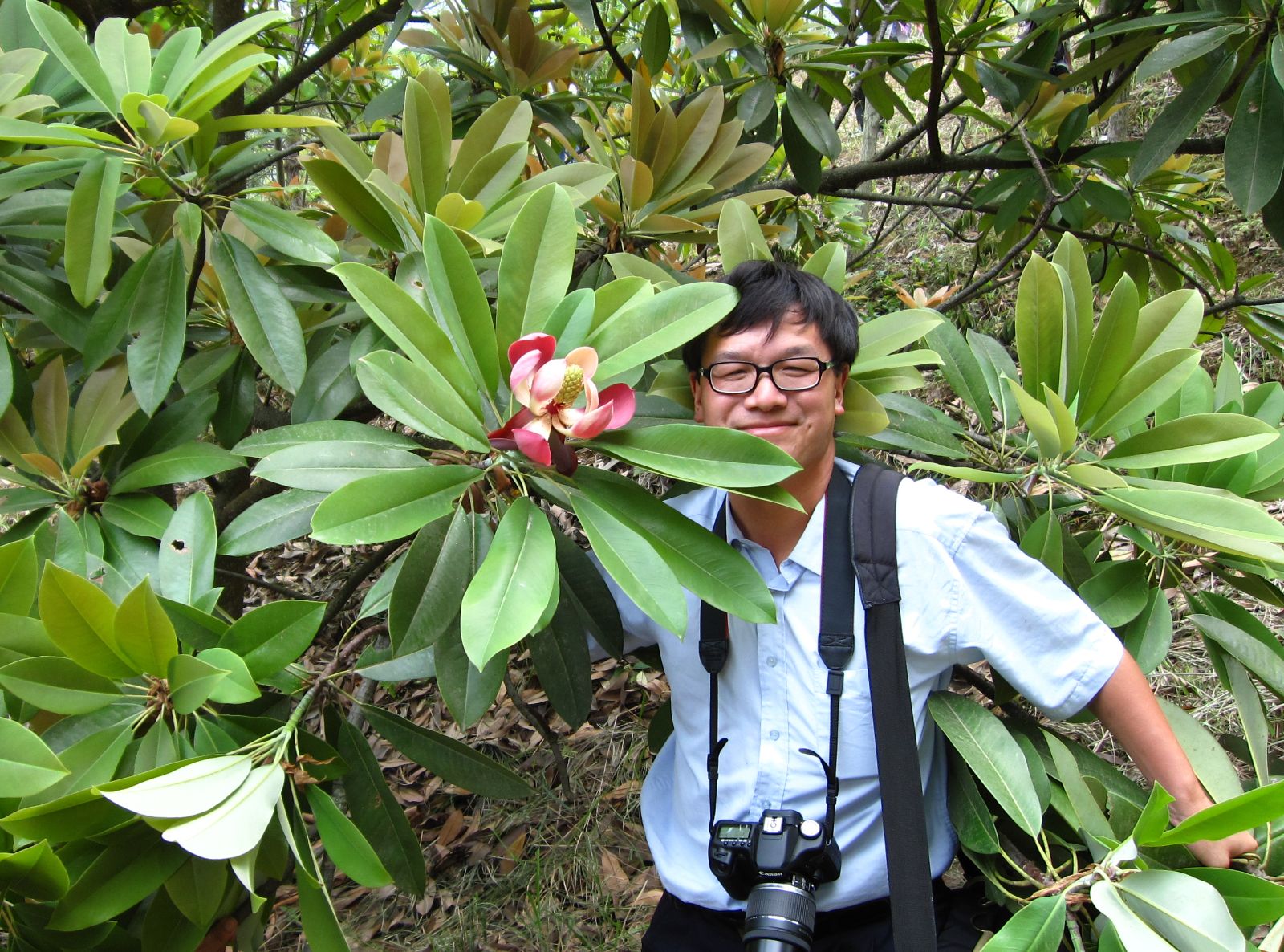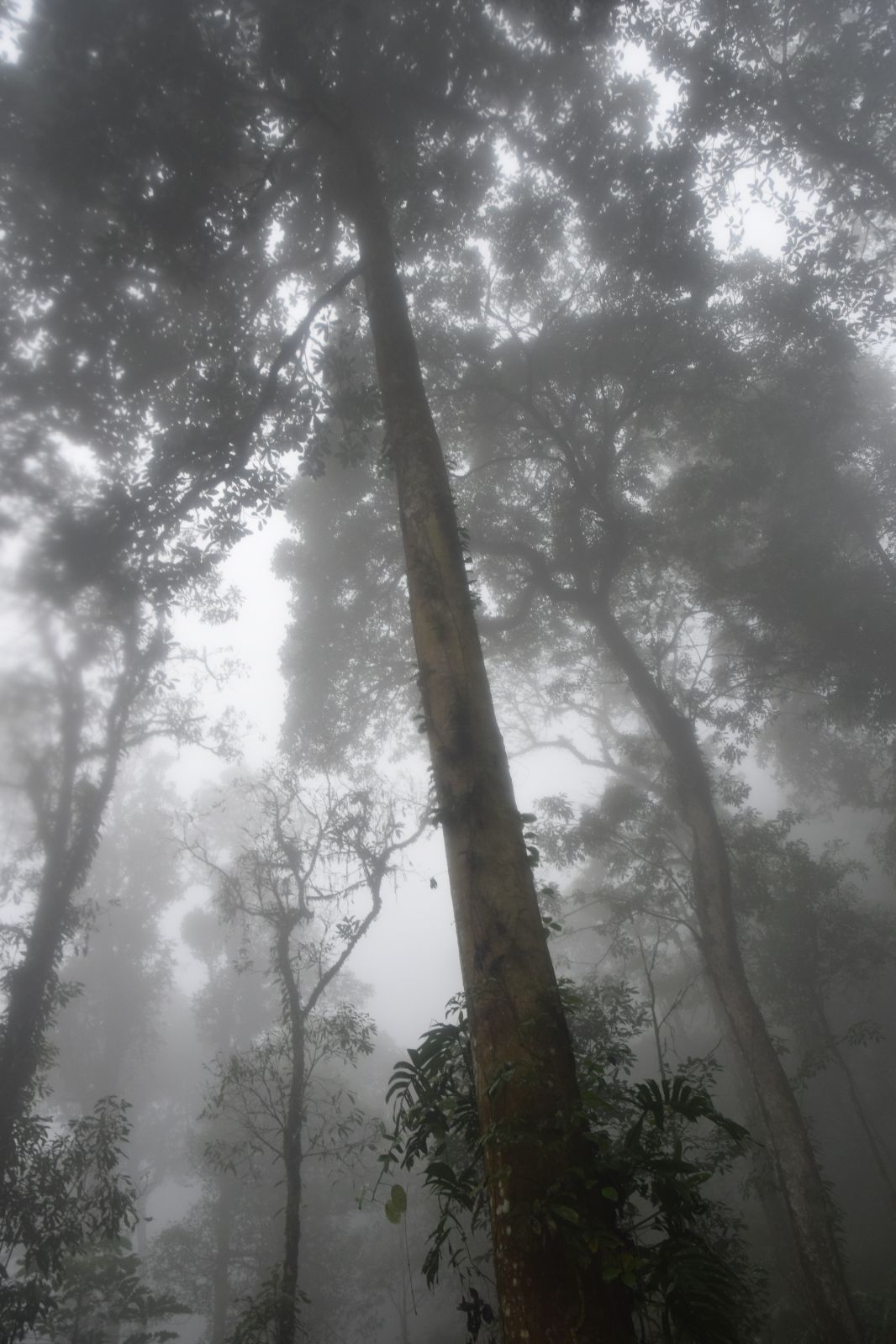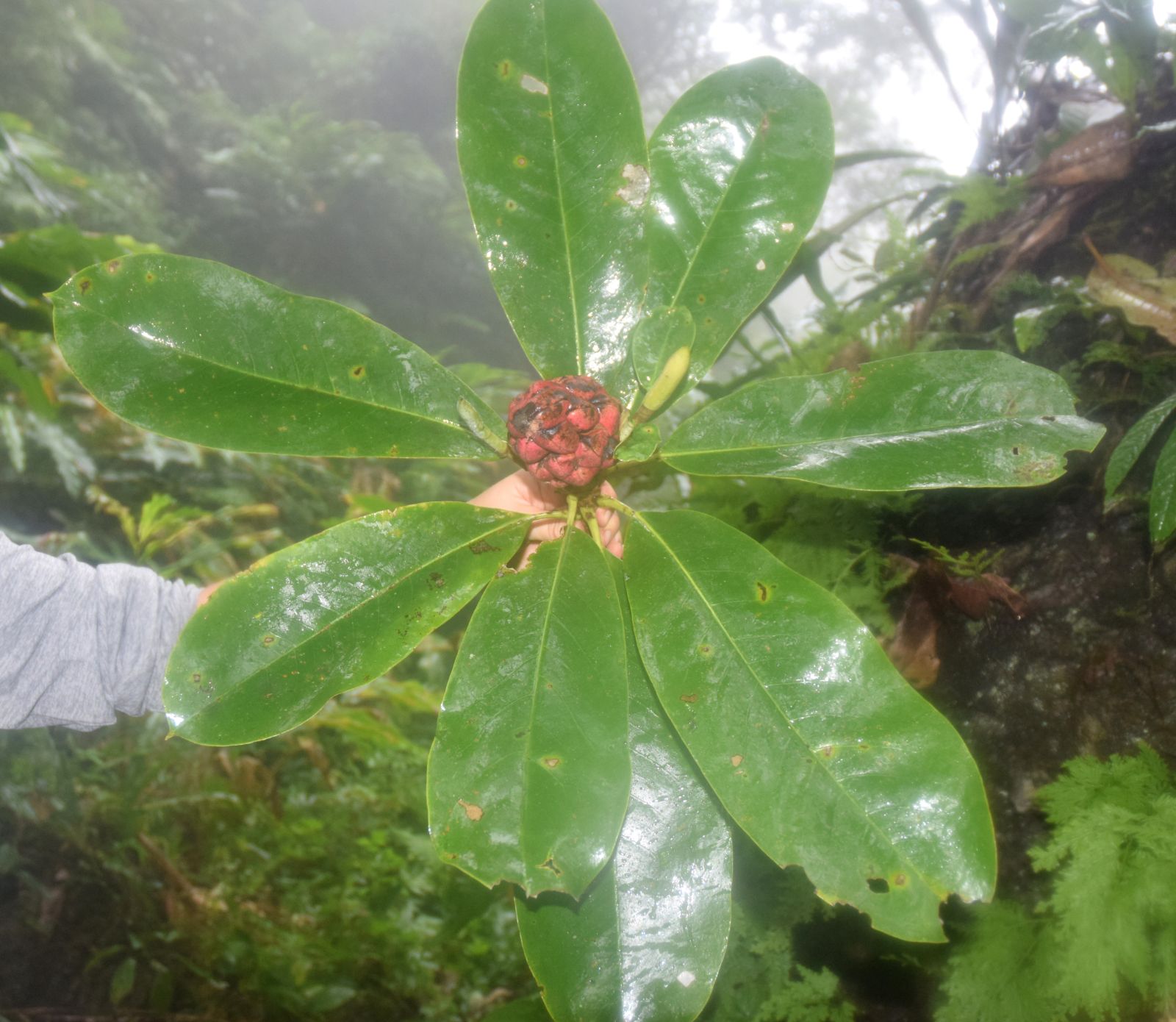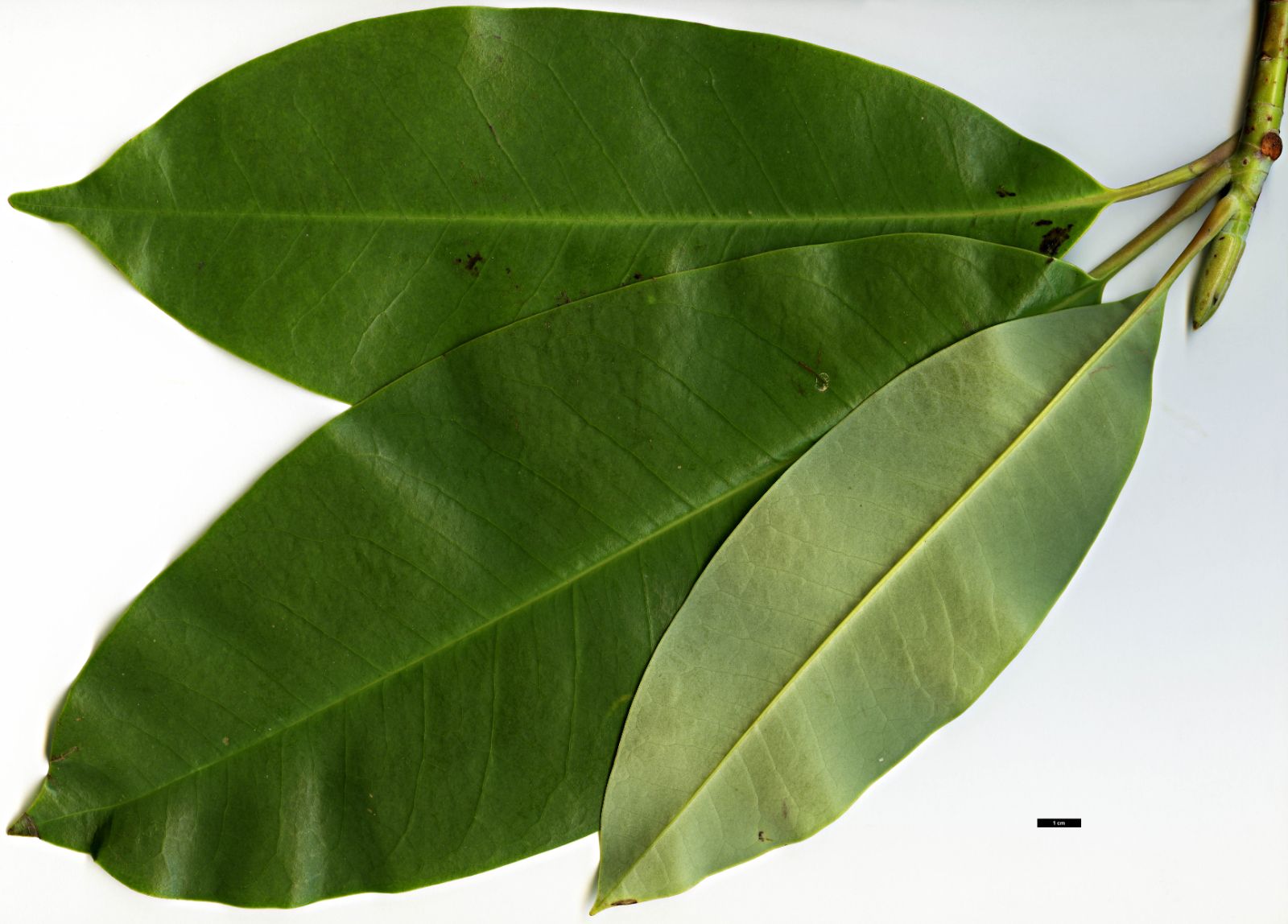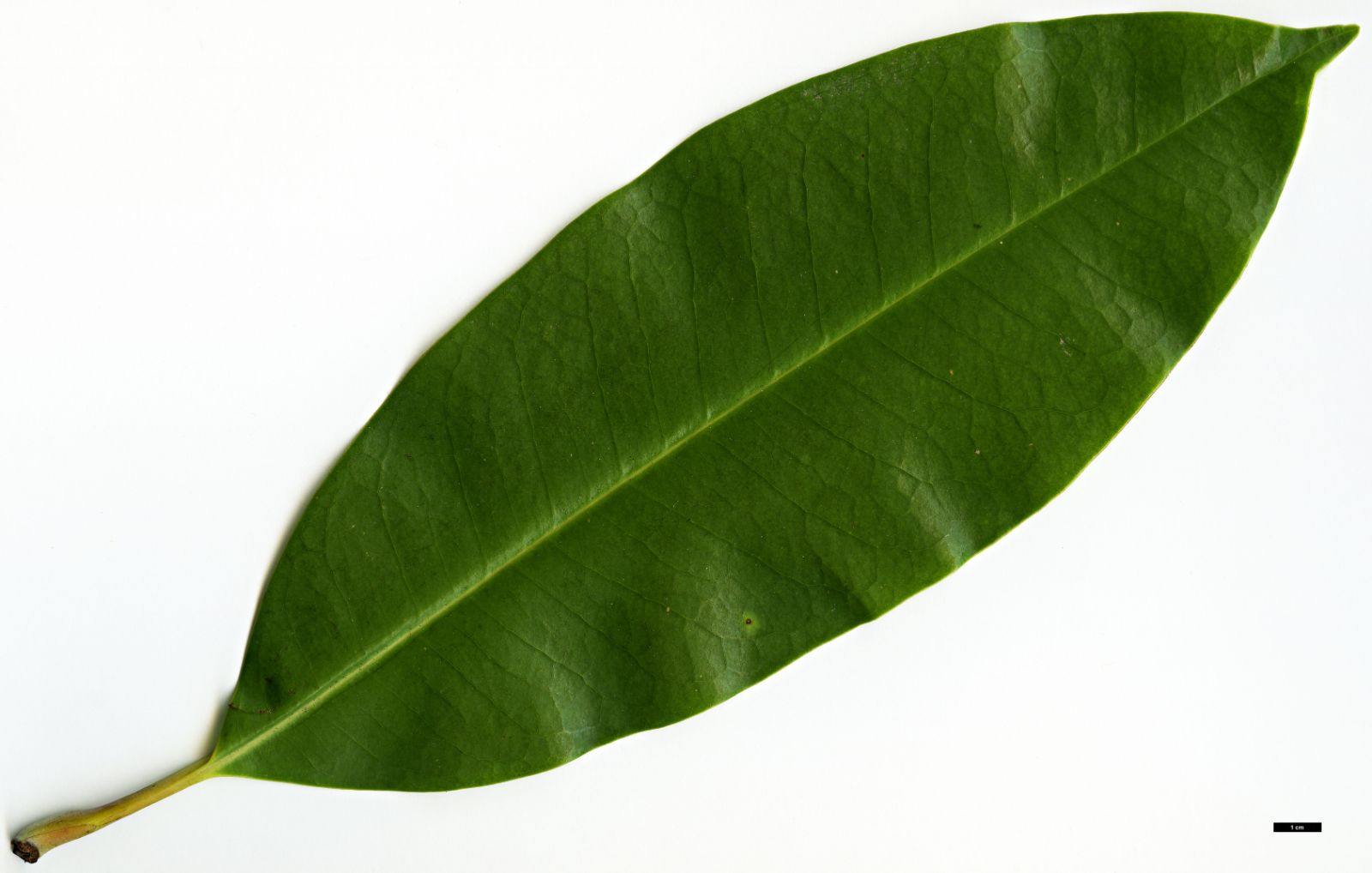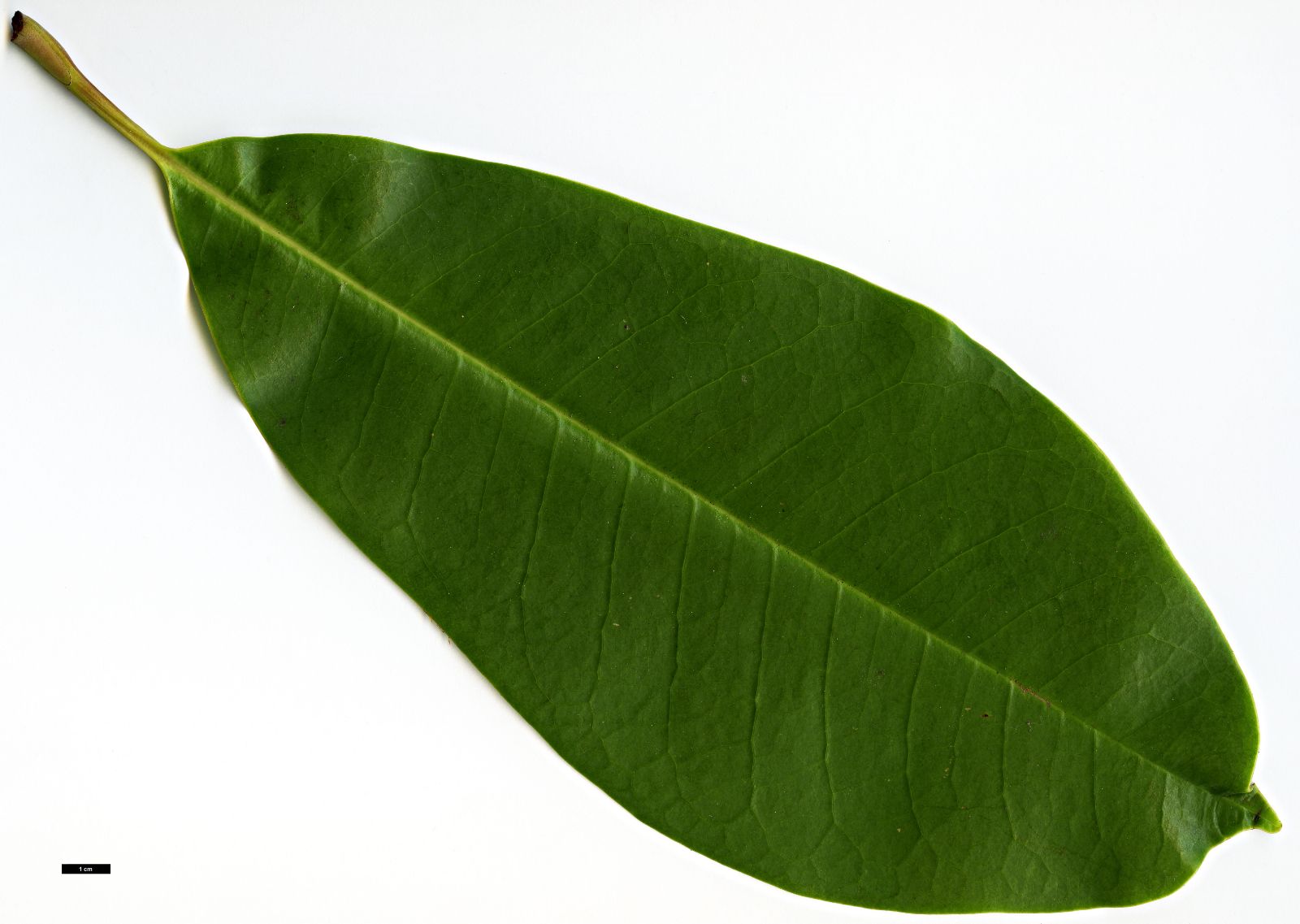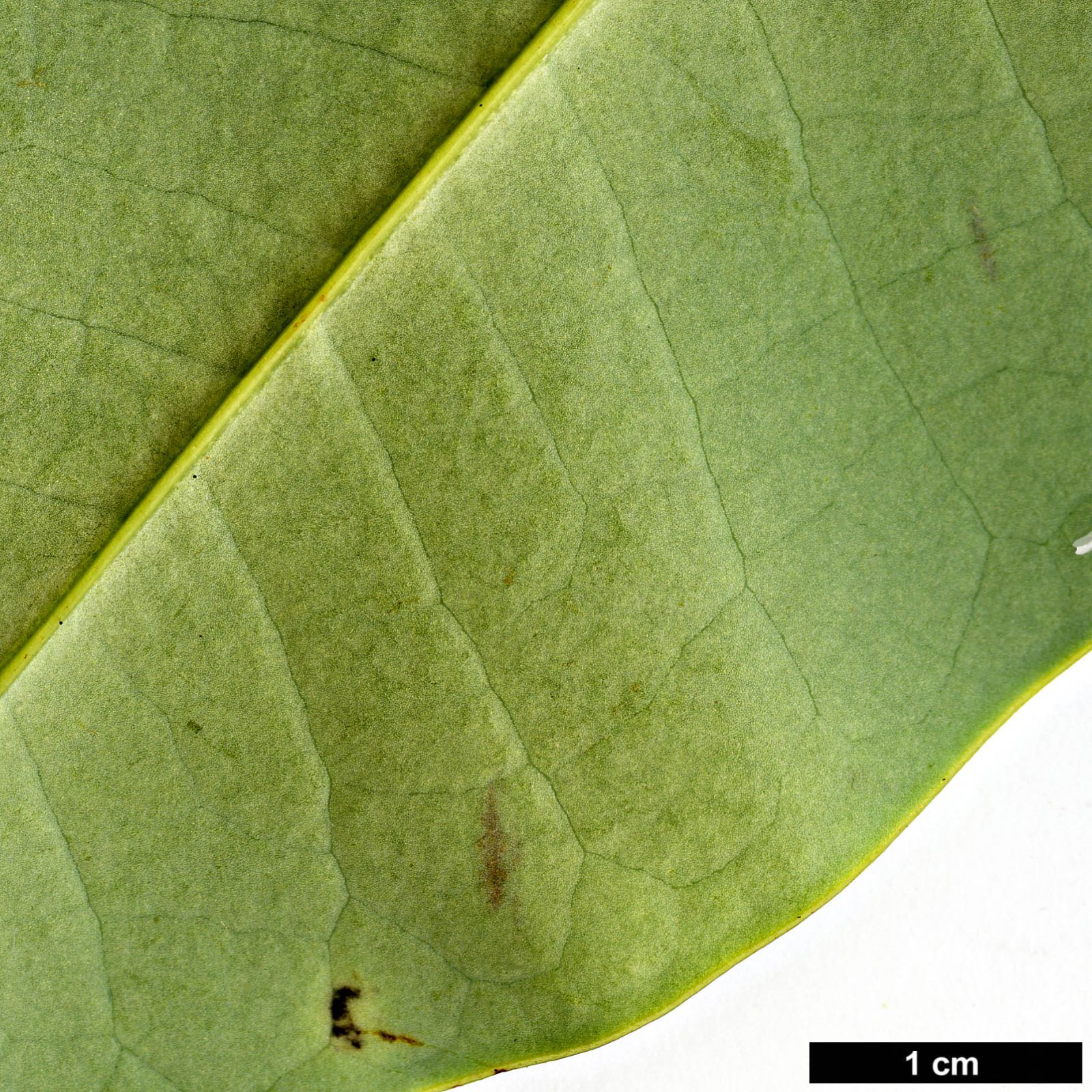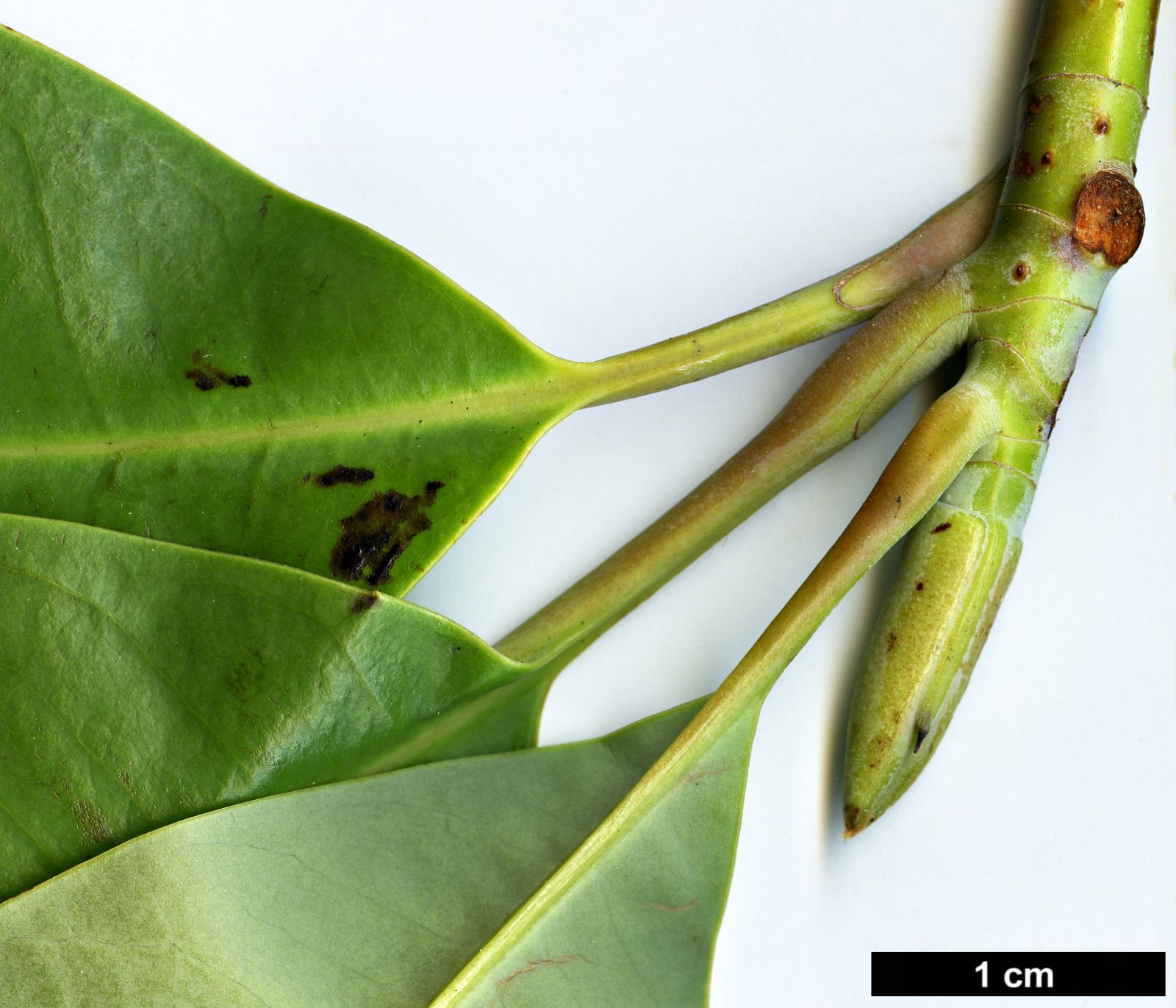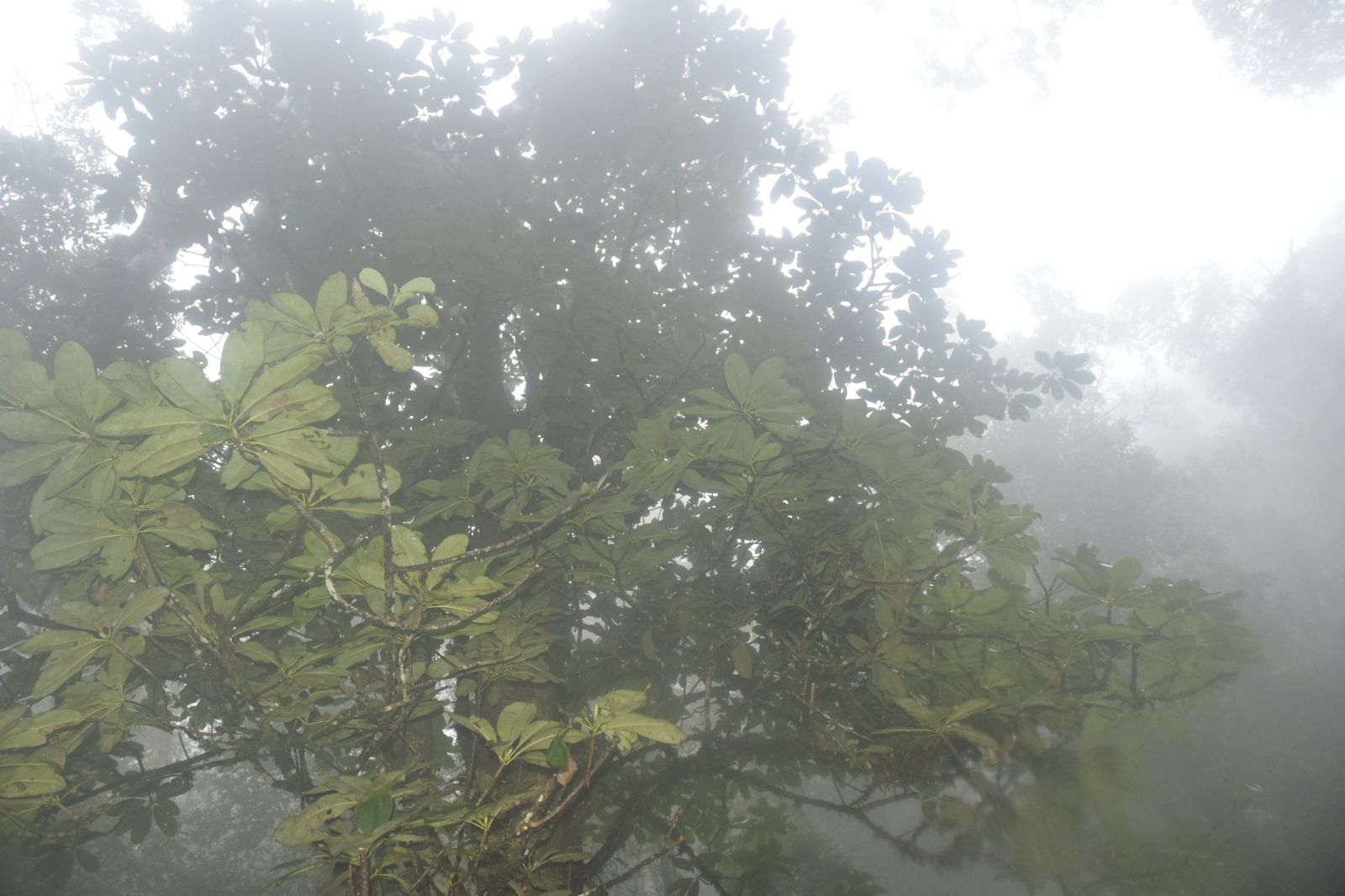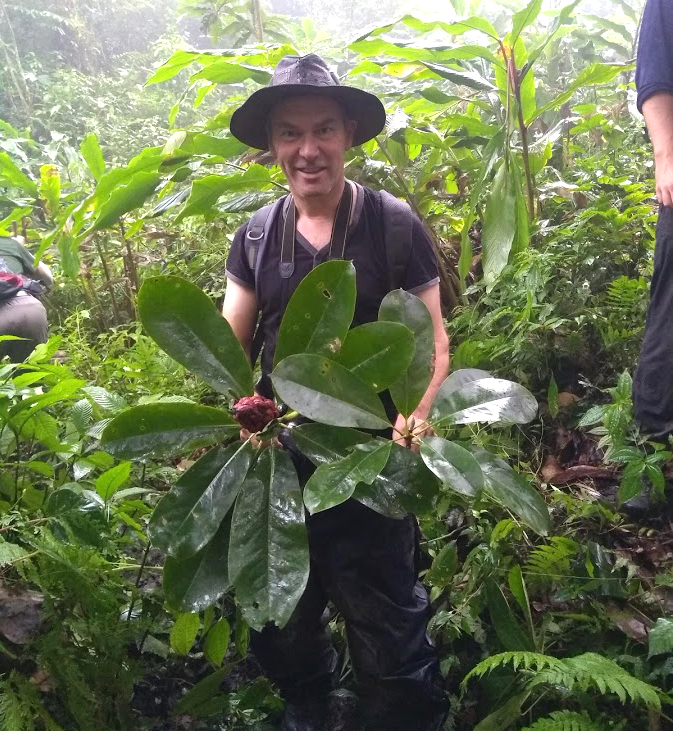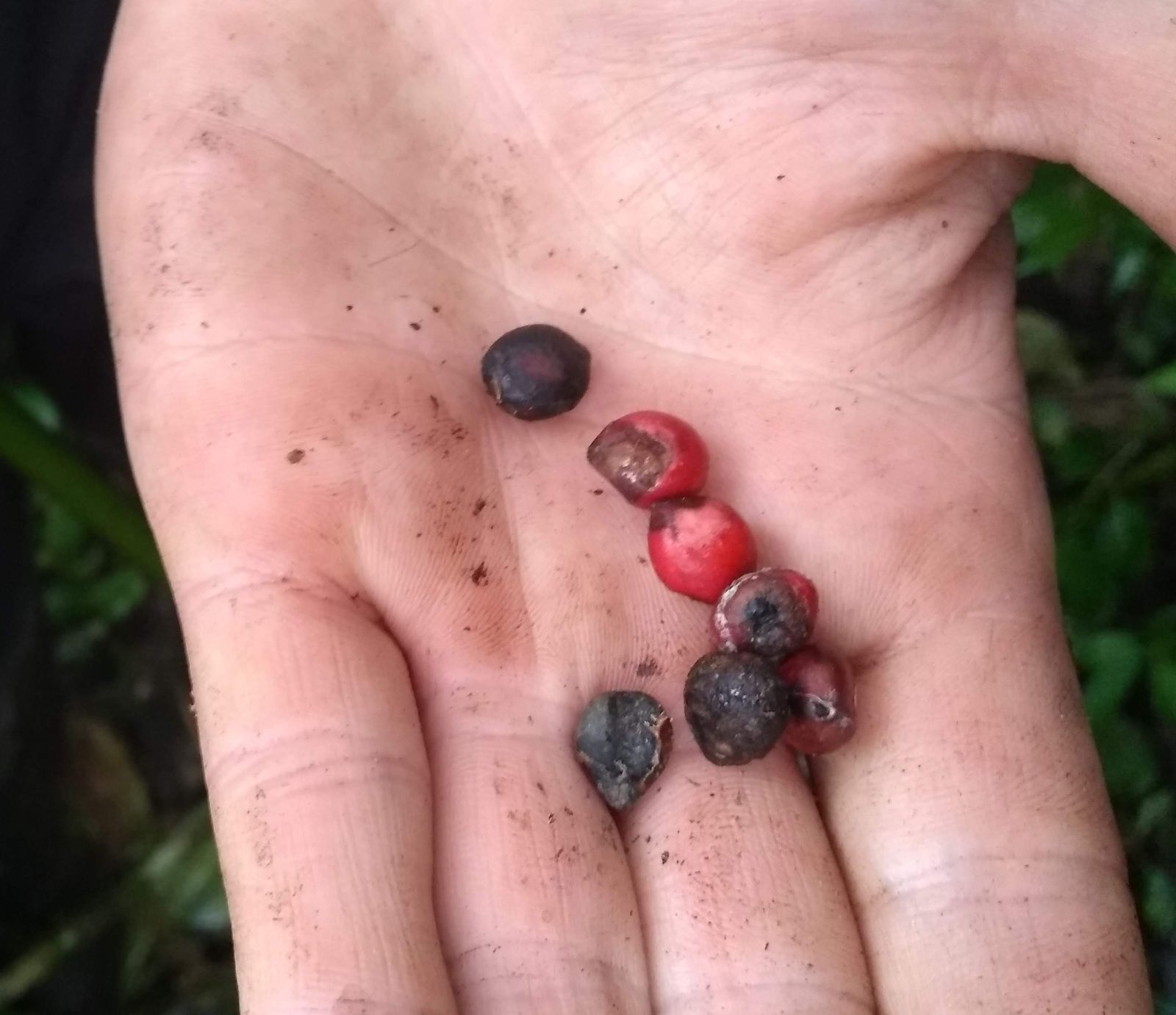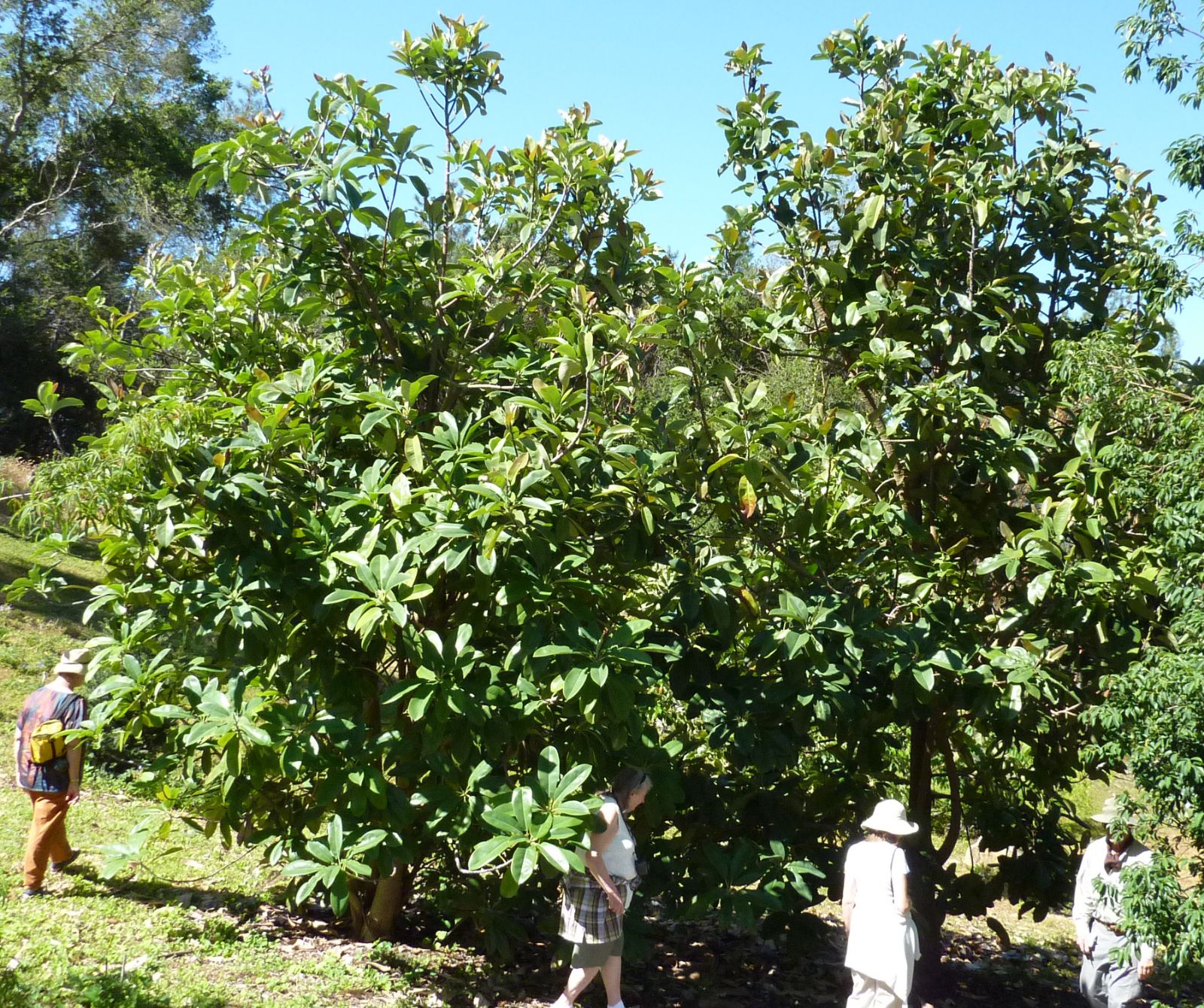Magnolia grandis
Sponsor
Kindly sponsored by
The Roy Overland Charitable Trust

Credits
Julian Sutton (2022)
Recommended citation
Sutton, J. (2022), 'Magnolia grandis' from the website Trees and Shrubs Online (treesandshrubsonline.
Genus
- Magnolia
- Section Manglietia
Synonyms
- Manglietia grandis Hu & W.C. Cheng
Other taxa in genus
- Magnolia acuminata
- Magnolia × alba
- Magnolia amabilis
- Magnolia amoena
- Magnolia aromatica
- Magnolia biondii
- Magnolia × brooklynensis
- Magnolia campbellii
- Magnolia cathcartii
- Magnolia cavaleriei
- Magnolia caveana
- Magnolia champaca
- Magnolia changhungtana
- Magnolia chapensis
- Magnolia compressa
- Magnolia conifera
- Magnolia Cultivars A
- Magnolia Cultivars B
- Magnolia Cultivars C
- Magnolia Cultivars D
- Magnolia Cultivars E
- Magnolia Cultivars F
- Magnolia Cultivars G
- Magnolia Cultivars H–I
- Magnolia Cultivars J
- Magnolia Cultivars K
- Magnolia Cultivars L
- Magnolia Cultivars M
- Magnolia Cultivars N–O
- Magnolia Cultivars P
- Magnolia Cultivars Q–R
- Magnolia Cultivars S
- Magnolia Cultivars T
- Magnolia Cultivars U–V
- Magnolia Cultivars W–Z
- Magnolia cylindrica
- Magnolia dandyi
- Magnolia dawsoniana
- Magnolia de Vos and Kosar hybrids
- Magnolia decidua
- Magnolia delavayi
- Magnolia denudata
- Magnolia doltsopa
- Magnolia duclouxii
- Magnolia ernestii
- Magnolia figo
- Magnolia floribunda
- Magnolia × foggii
- Magnolia fordiana
- Magnolia foveolata
- Magnolia fraseri
- Magnolia fulva
- Magnolia globosa
- Magnolia × gotoburgensis
- Magnolia grandiflora
- Magnolia Gresham hybrids
- Magnolia guangdongensis
- Magnolia hookeri
- Magnolia insignis
- Magnolia Jury hybrids
- Magnolia × kewensis
- Magnolia kobus
- Magnolia kwangtungensis
- Magnolia laevifolia
- Magnolia lanuginosa
- Magnolia leveilleana
- Magnolia liliiflora
- Magnolia × loebneri
- Magnolia lotungensis
- Magnolia macclurei
- Magnolia macrophylla
- Magnolia martini
- Magnolia maudiae
- Magnolia nitida
- Magnolia obovata
- Magnolia officinalis
- Magnolia opipara
- Magnolia × proctoriana
- Magnolia × pruhoniciana
- Magnolia rostrata
- Magnolia salicifolia
- Magnolia sapaensis
- Magnolia sargentiana
- Magnolia sieboldii
- Magnolia sinensis
- Magnolia sinica
- Magnolia sinostellata
- Magnolia × soulangeana
- Magnolia sprengeri
- Magnolia stellata
- Magnolia tamaulipana
- Magnolia × thomsoniana
- Magnolia tripetala
- Magnolia × veitchii
- Magnolia virginiana
- Magnolia × wieseneri
- Magnolia wilsonii
- Magnolia xinganensis
- Magnolia yunnanensis
- Magnolia yuyuanensis
- Magnolia zenii
Tree to 20 m, 0.35 m dbh. Branchlets glabrous, pale grey and waxy. Leaves evergreen, leathery, 20–35.5 × 10.5–13 cm, narrowly obovate, upper surface glossy green and glabrous, lower surface densely covered with white powdery dots, 17–26 secondary veins on each side of the midrib, margins entire, apex acuminate; petiole 2.6–4 cm long; stipular scar ~¼ length of petiole. Flowers terminal, large, pale red and fragrant; tepals 12, outer three thin, obovate to oblong, 9–11 cm long, inner tepals fleshy, obovate to spathulate, 8–12 cm long and with dark red lines in the upper portions; stamens red; gynoecium sessile with 90–110 carpels. Fruits pinkish purple, 10–16 cm long, oblong to ovoid; ripe carpels 3–4 cm long with a sharp, slightly recurved beak, dehiscing along both the dorsal and ventral sutures. Flowering May to June, fruiting October to November (China). (Xia, Liu & Nooteboom 2008; Chen & Nooteboom 1993; Liu et al. 2004).
Distribution China SW Guangxi, SE Yunnan Vietnam N
Habitat Evergreen broadleaved forest on limestone mountains, 800–1500 m.
USDA Hardiness Zone 9
RHS Hardiness Rating H3
Conservation status Critically endangered (CR)
Potentially a very grand plant indeed, Magnolia grandis has ‘huge, dramatic’ dark red flowers with a ‘delightful’ fragrance (McNamara 2021). Its broad leaves have a bronze tint when young, somewhat glaucous beneath, and are complemented by the glaucous waxiness of the new shoots and the long pale red stipules peeling away as the leaves emerge. Sean Hogan and John Grimshaw were independently struck by its resemblance to the Rubber Plant Ficus elastica (Grimshaw & Bayton 2009). It is however a rare plant in Western gardens, growing in the mildest western fringes of North America and Europe.
Extremely local and rare in the wild, M. grandis is known only from the border region between China and Vietnam, and area with cool, dry but foggy winters and hot, wet summers (McNamara 2021). Described from China in 1951 (as a Manglietia), by 2012 fewer than 50 individuals were known, threatened by habitat loss (IUCN 2021). Surveys by the Center for Plant Conservation Vietnam in 2014/5 discovered that its range extends into Vietnam, finding 61 mature trees in 3 protected areas, again threatened by illegal logging and removal of seedlings by farmers clearing understorey for cardamom growing (Global Trees Campaign 2020a; b). Vigorous in situ propagation and replanting efforts here involve local people, and it has been found that it makes a good shade tree for cardamom plantations (McNamara 2021). Ex situ conservation efforts are in their infancy, but Vietnamese seed collected in 2019 by a group of British botanic gardens has germinated at Logan (Cano 2020). The expedition to collect this material has been described by Richard Baines (2020), Curator of Logan Botanic Garden, who recounts an extremely arduous trek to find the trees, resulting in a harvest of just six viable seeds.
Established plants in our area seem all or mostly to date from seed acquired from a Chinese collector in the mid-1980s by Californian plantsman Roger Warner (Grimshaw & Bayton 2009), distributed to growers on the Pacific seaboard. It has thrived at Sonoma (formerly Quarryhill) Botanical Garden, CA although sunscorched leaves suggest that some late afternoon shade would be desirable. Planted there in 1999, it has flowered annually since 2008 (McNamara 2021). Experience elsewhere in the Pacific Northwest suggests that it can tolerate short spells at about –8 or –9 °C, but –12 °C killed young plants in Vancouver, BC (Hogan 2008). When young and in a suitable site it can grow very rapidly indeed. The species is still rare in Europe but there is a young tree at Tregrehan, Cornwall again derived from Roger Warner’s introduction; planted in 2005 it had reached 6 m × 25 cm by 2014 (The Tree Register 2021). Raf Lenaerts notes that this is one of the few species of Section Manglietia which cannot be grafted successfully onto M. kobus, although another (unspecified) rootstock appears promising (Botanic Treasures 2022).

